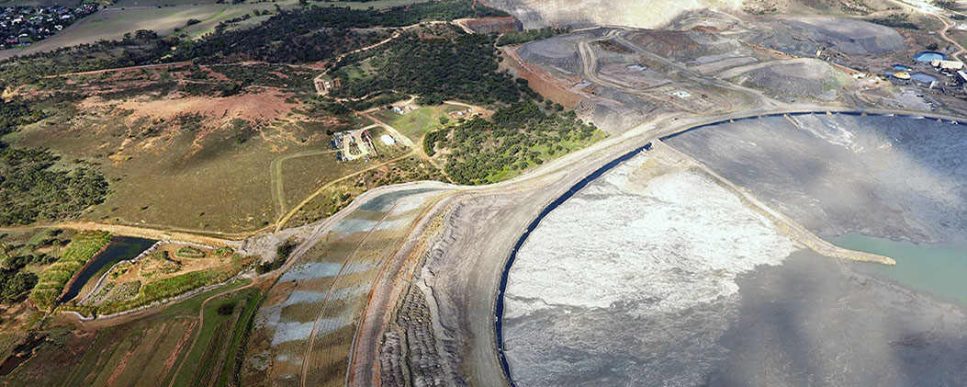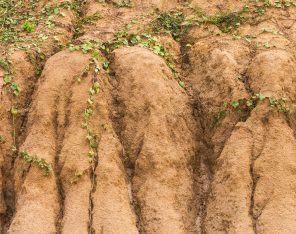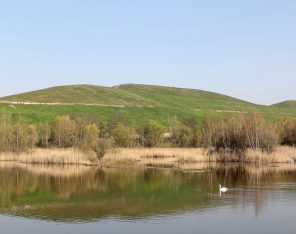
Coal Mine Rehabilitation

Quick fact; In Australia, there are over 50,000 mine sites that lay abandoned, many of which have not been rehabilitated.
When operations are complete, the change in topography and the stripping of vegetation results in erosion and unacceptable levels of run off and particulate matter in the air, as well as posing a contamination risk to nearby water systems. This is why the remediation of mine sites is so important; it’s vital to establish growth quickly and control any pollution and erosion that may occur and put any destroyed land to better use.
As such, it is a requirement by the Environment Protection Authority (EPA) that mine sites be rehabilitated before they can be relinquished, if mining companies fail to adhere, there are increasingly tough penalties that apply for non-compliance. Coal mine sites can be repurposed with the right planning and solutions, for example, land can be utilised for grazing and farming or it can be brought back as close to its original state as possible to provide shelter to fauna. This often requires native grasses to be planted as it helps to maintain proper bio diversity. Obtaining these seeds can be an arduous task and sourcing from local plants within a 20-km radius is not uncommon. It is not uncommon however that introduced seed species be used if native species are unable to be identified or sourced. Generally, companies will stockpile the top soil prior to mining works as this is where most of the nutrients and microbiology required for plant growth are found. Once coal mine rehabilitation commences, the site is restructured and any large pits are filled, followed by top soil replacement and revegetation.
Most slopes and batters should be stabilised sooner rather than later. In particular, if batters are steep or over 100 m in length, they should be stabilised as a priority as erosion can occur rapidly. Hydromulching is a great solution for surface stabilisation on mine sites as it provides both short and long term benefits. The suppression of dust in coal mine tailings dams is needed to suppress the fly ash washed out into them to prevent lift off and particulates polluting the air and surrounding environment. The application of hydromulch further supresses dust and results can be observed as soon as the mulch gets sprayed onto substrates, providing a fast, interim fix while waiting for the seed to sprout. If a species of seed used for cover crop has a slower establishment time, a mixture of annual and perennial seed can be used. When using a seed mix like this, having a lower ratio of annual seed makes it possible to strike a balance which allows fast germination and erosion control without choking out long term perennial growth
As always, it’s important that only products that are safe for the environment are used, as the potential for run off into waterways exists. This includes any binders or tackifiers in the hydromulch slurry, as well as the fertiliser type and amount being suitable for the local flora.
Open cut mines can also be transformed into a ‘pit lake’, where the mine surface is shaped and stabilised before being filled with water from run off and diversions from rivers. Depending on the size of the pit, this can take a very long time (decades) and if not planned and executed perfectly, can become an ongoing issue. It has been very successful in Germany, with coals mines being transformed into popular recreational lake areas. In that circumstance, ample water was available and the layout was conducive to being converted into lakes. A ‘pit lake’ has been suggested for the pit at the Hazelwood Coal Mine, as experts and the community decide how to best rehabilitate the area. This type of rehabilitation is unlikely to be so easy in the Australian climate and requires thoughtful consideration before implementation is decided.





